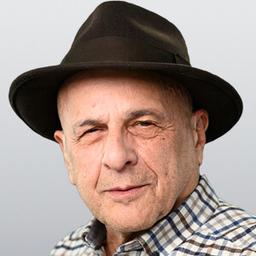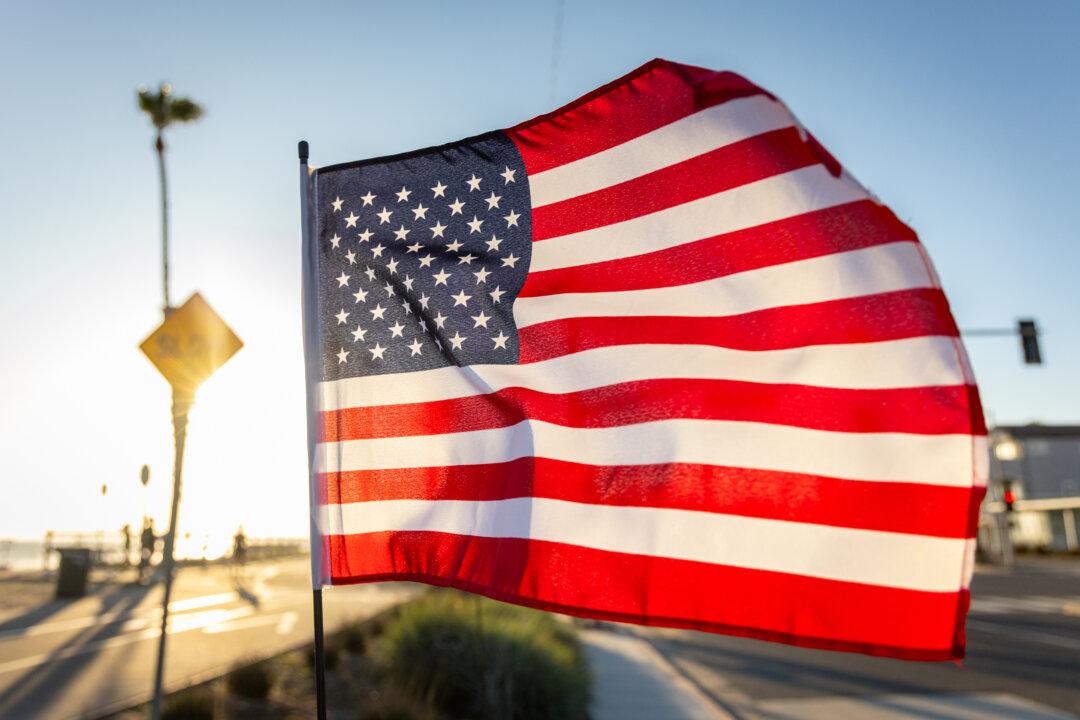Stefanos Tsitsipas is one terrific tennis player, although Novak Djokovic was battling more than the young Greek when he won his 10th Australian Open and 22nd Grand Slam in straight sets on Jan. 29.
On the other side of the court were Pfizer, Moderna, the Centers for Disease Control and Prevention, Dr. Anthony Fauci, the World Health Organization (WHO), the Biden administration, and a whole host of others who have been urging—even worse, requiring—us to take the mRNA shots for the past couple of years because the Serb is, almost indisputably, the most famously unvaccinated person against COVID-19 on the planet.
At the same time, the argument is approaching indisputable that he’s not only the GOAT [greatest of all time] of tennis—something I subscribe to, having been a fan and mediocre player for 70 years and having watched everyone from Rod Laver onward— but arguably the most incredible athlete in any sport in this century.
Singles tennis in our time has become one of the most physically and strategically demanding sports. Many of the younger players range from 6-foot-5 to 7-foot-plus and wouldn’t seem out of place in the NBA finals. But unlike the basketball players, they get no respite in a five-set match. They’re on their own.
Yet Djokovic is doing all this, beating them all, at the age of 35, with no end in sight.
And Djokovic, by himself, doesn’t mean the vaccines (or shots, as they really are) are bad.
Yet, with all the stories of fit athletes across the world mysteriously dropping dead or passing out, you can’t but wonder.
You can’t but wonder, too—when Tsitsipas, at the tournament awards ceremony, called Novak the greatest-ever to hold a racquet and added, in essence, how he appreciated the tennis lesson—whether the Greek star also thought of their relatively close match: What if I hadn’t taken those shots?; maybe I would have won.
Athletes all around the world may be thinking the same thing. Were I one, I know I would.
It should now be clear that healthy people under the age of 50, possibly even 60, should never have put these experimental drugs in their bodies. Even though I am older than that, I regret having done so myself very early on. I can assure you I didn’t touch the boosters.
But where does that leave the man who is once again No. 1 in the world for a staggering 374 weeks and counting?
In his continuing duel for the most Grand Slam victories with Rafael Nadal, he’s at a handicap. Djokovic is allowed to play virtually everywhere but not, as of now, in the United States. That means no U.S. Open and also no Indian Wells and Miami 1000 tournaments—the second level in tennis below Slam events—that are coming in the spring.
They will all take place without the man who would have been seeded No. 1, putting an asterisk next to the tournaments for all time, just as there should clearly be asterisks next to last year’s Australian Open and U.S. Open, both which, it is a safe bet, Djokovic would have won as well.
As a huge tennis fan, when I lived in Los Angeles, I attended the Indian Wells tournament many times. This year, I was planning to make it to the Miami tournament for the first time.
No dice. I’m not going to any tennis tournament in which the greatest of all time isn’t allowed to play. I hope other fans will join me in my boycott. The players too might want to follow suit.
More importantly, I have learned over the last couple of years how correct that old ‘60s feminist apothegm—“our bodies, ourselves”—really was. Too bad its inventors have flip-flopped on the issue. I’m planning on sticking with it.
So, apparently, does Novak Djokovic.







